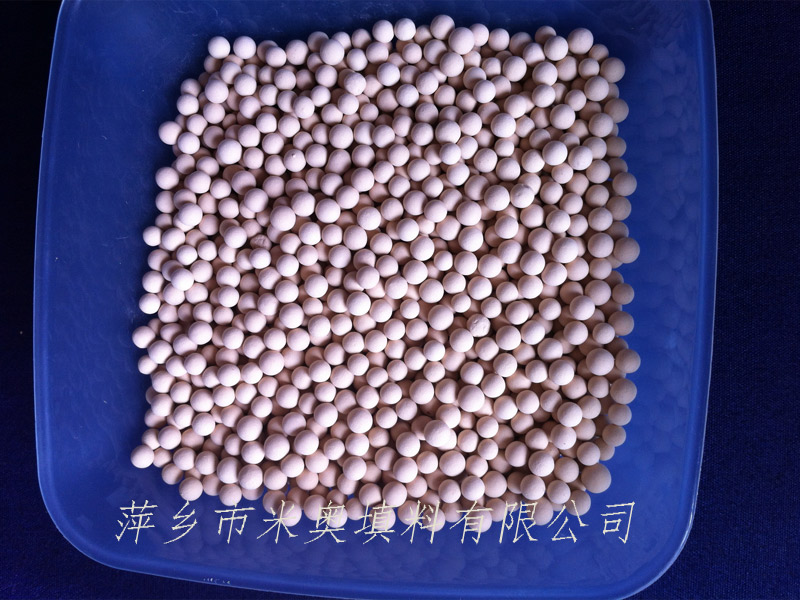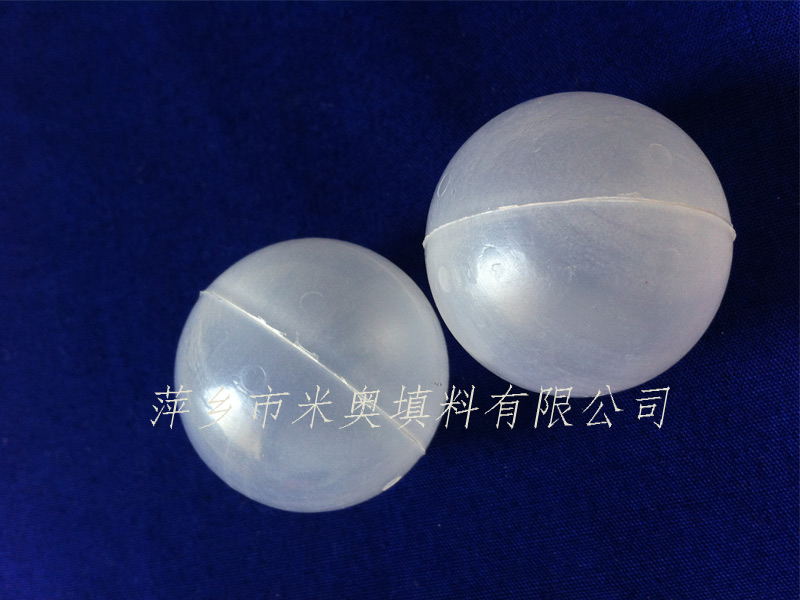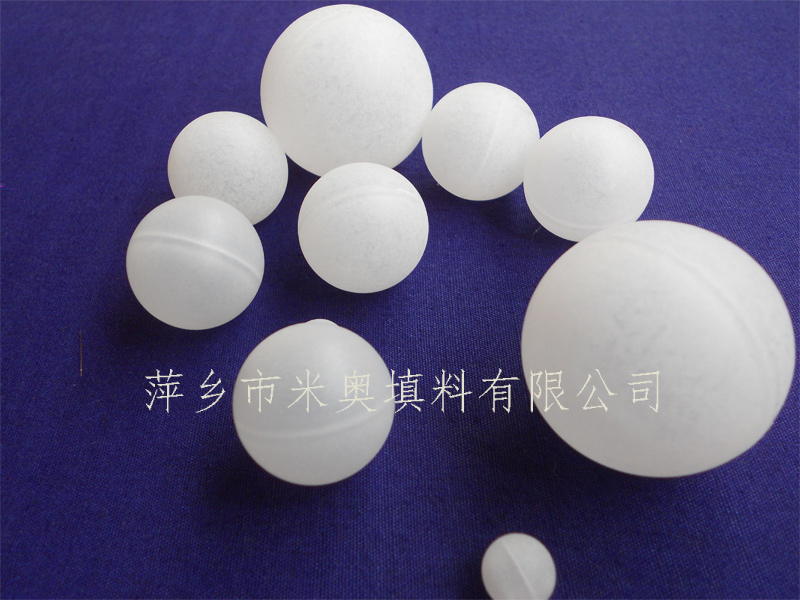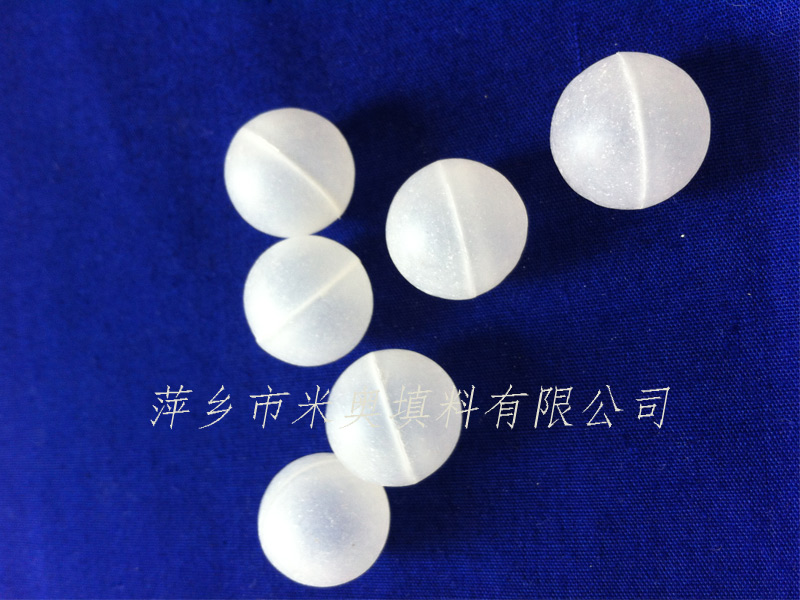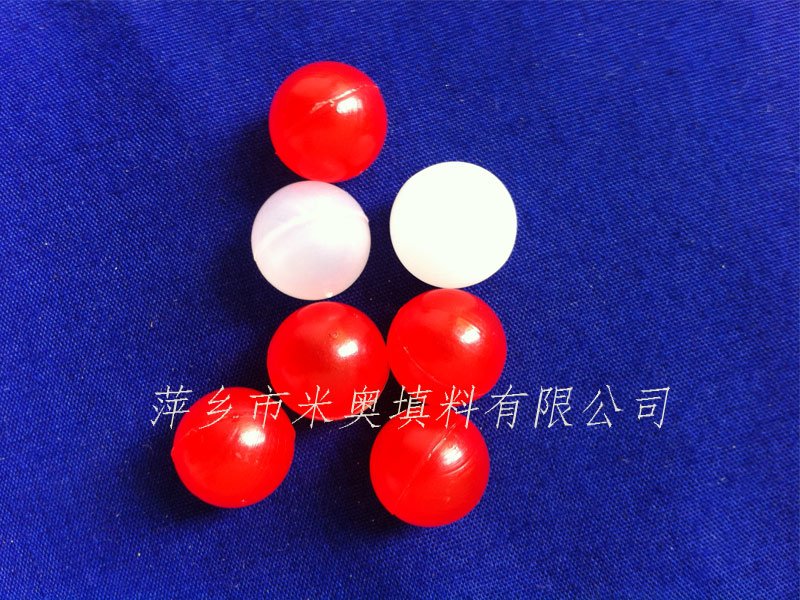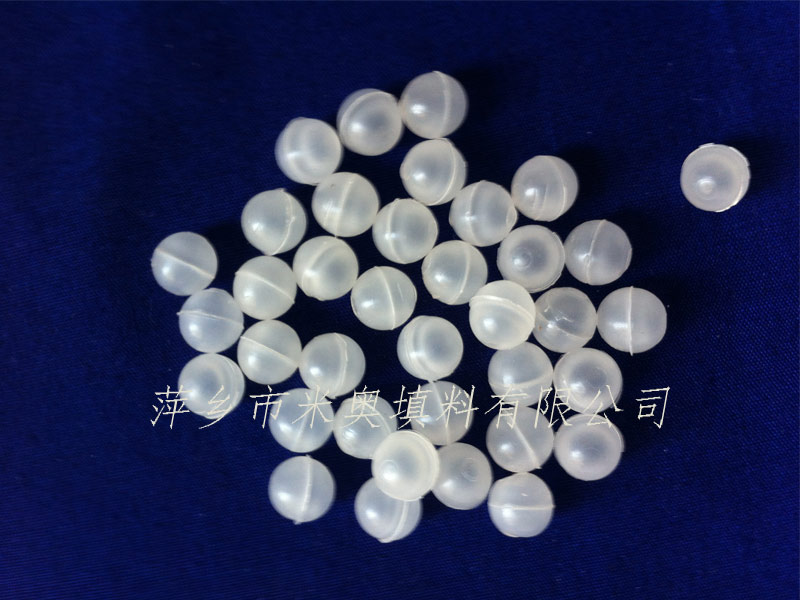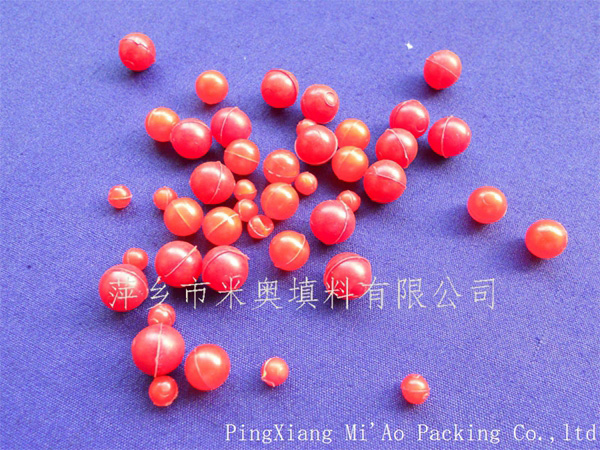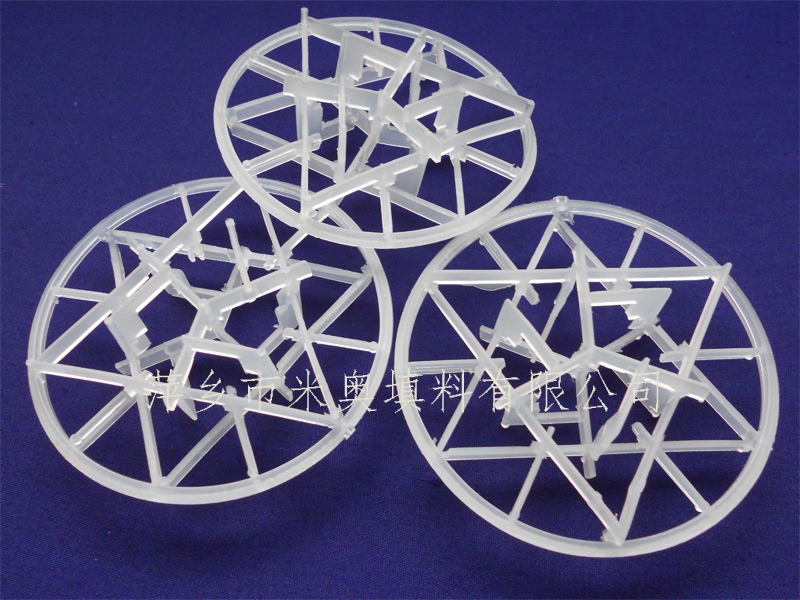3A molecular sieve
- The product brand 米奥
- The product model 3A
- Product description
...
Introduction
The pore size of 3A molecular sieve is 3 Å . It does not adsorb any molecular larger than 3 Å. It is an alkali metal alumina-silicate, the potassium form of the typ A crystal structure. 3 Angstrom, is obtained when part of the sodium ions of the 4 Angstrom sieve are replaced by potassium ions. Will adsorb, in sequence of adsorption rate, helium, neon, nitrogen and water.
According to the industrial application specialties, we endue our products with the characters of higher adsorption speed, stronger crushing and anti-contaminative resistance, more cyclic times and longer work-span. All these advantage have made it come to be the most essential and necessary desiccant in the fields of the deep drying, refinery, polymerization for cracked gases, ethylene, propylene and any other non-acidic gases or liquids in petroleum and chemical industrials.
Formula : 0.4K2O·0.6Na2O·Al2O3·2.0SiO2·4.5H2O
Silica-alumina Ratio: SiO2/ Al2O3≈2
Application
Molecular Sieve 3A is mainly used to remove moisture and can be applied to liquefied and gaseous materials on the whole. The main uses are as follows.
1) Drying of refrigerants (e.g. R22, R134a etc)
2) Removing moisture in paint and PU Plastic
3) Drying of natural gas
4) Cracked Gas Drying.
5) Static dehydration of insulating glass units, whether air filled or gas-filled.
6) Drying of highly polar compounds, such as methanol and ethanol.
7) Drying of unsaturated hydrocarbons (e.g. ethylene, propylene, butadien).
8) Drying of olefins drying, ethanol, etc.
9)Dehydration of many kinds of liquids (say ethanol) air, refrigerant , natural gas or methane , cracked gas, ethylene, ethyne, propylene or butadiene .
Technical specification
Item |
Pellet (mm) |
Sphere (mm) |
|||
Ø1.5-1.7mm |
Ø3-3.3mm |
Ø2.0-2.8mm |
Ø2.8-4.75mm |
||
Wear ratio % |
≤0.3 |
≤0.35 |
≤0.15 |
≤0.15 |
|
Bulk density g/ml |
≥0.65 |
≥0.65 |
≥0.68 |
≥0.68 |
|
ratio% |
≥ 98 |
≥ 98 |
≥98 |
≥98 |
|
Static water adsorption% |
≥20 |
≥20 |
≥20 |
≥20 |
|
Ethylene adsorb% |
≤3 |
≤3 |
≤3 |
≤3 |
|
Crushing strength |
Unit area resistant to compression garrulous strength N/mm2 |
≥45 |
≥60 |
≥30 |
≥70 |
Coefficient of variation |
0.5 |
0.5 |
0.3 |
0.3 |
|
Packing water % |
≤1.5 |
≤1.5 |
≤1.5 |
≤1.5 |
|
Special molecular sieve 3A for insulating glass
Item |
insulating glass (mm) |
|||
Ø1.0-1.6mm |
Ø1.6-2.0mm |
|||
Wear ratio % |
≤0.15 |
≤0.15 |
||
Bulk density g/ml |
≥0.75 |
≥0.75 |
||
ratio% |
≥98 |
≥98 |
||
Static water adsorption% |
≥21.5 |
≥21.5 |
||
Ethylene adsorb% |
≤2.5 |
≤2.5 |
||
Crushing strength |
Unit area resistant to compression garrulous strength N/mm2 |
≥25 |
≥26 |
|
Coefficient of variation |
≥0.3 |
≥0.3 |
||
Packing water % |
≤1.5 |
≤1.5 |
||
Regeneration,
1..Removing the moisture:
You May use the dry gas like nitrogen, the air, the hydrogen, the saturated hydrocarbon and heat the gas up to 150-320 ℃.Firstly you need let the hot gas purge through the molecular sieve bed with the pressure of 0. 3-05kg/m2 for 3 to 4 hours.Then change to dry cold gas for 2-3 hour, at last you need isolate the molecular sieve from air and cool it to room temperature.
2.Removing the organics:
You can use the water vapor to take the place of organics, then use the method 1.
You can also use the hot water vapor or inner gas pass through the molecular sieve under the temperature of 200-350℃ (couldn’t use the gas which will explore when to mix with the adsorbed organics).
3.Removing the gas
You can reduce the pressure to regenerated the molecular sieve.
Packaging:
vacuum packing, carton with 25-30kgs/carton, paper drum with 25-30kgs/drum,steel drum with 120-150kgs/drum, etc. per customers requirement

